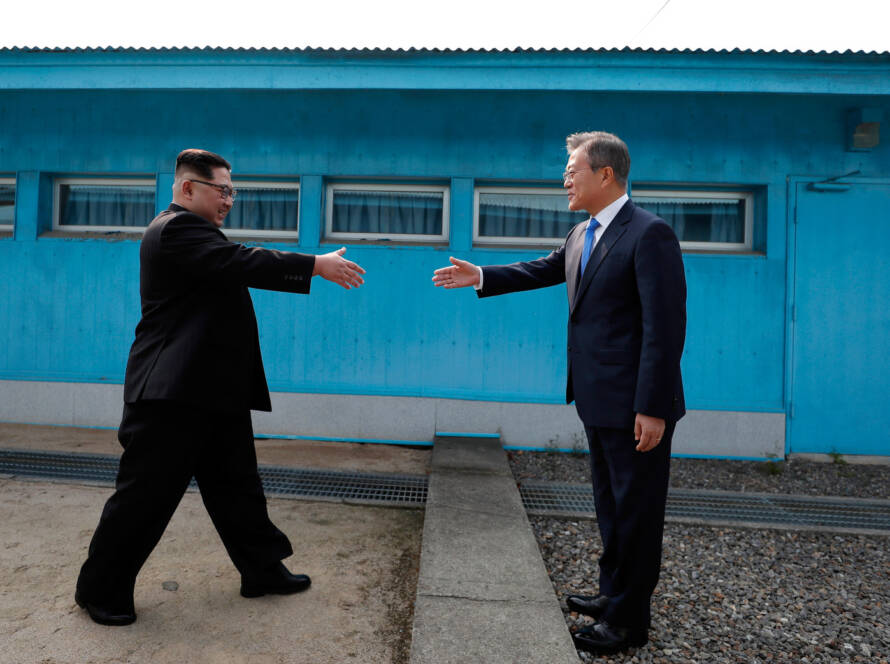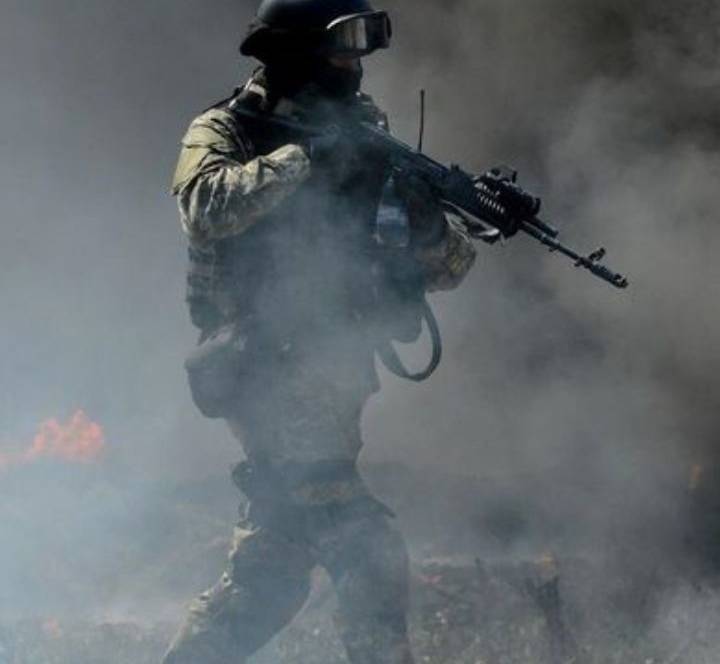By Uditha Devapriya
On July 2 and 3, Factum held its first Ambassadors’ Day at the Kataragama Esala Perahera. The event was attended by the Bangladeshi High Commissioner and the First Secretary to the Maldivian High Commission on the first day, and the Thai Ambassador on the second, which coincided with the final night of the Perahera. The Thai Ambassador actively took part in the rituals underlying the pageant, along with Sri Lankan President Ranil Wickremesinghe and his Chief of Staff, Sagala Ratnayake. The Perahera remains one of the most colorful symbols of Sri Lanka’s syncretic culture. To that end, the Ambassadors’ Day proved to be an eye-opener for these officials.
For President Wickremesinghe, it may also have been an auspicious beginning to a very busy month. On July 1 and 2 the Ministry of Foreign Affairs, with the Presidential Secretariat and the Sri Lanka Tourism Bureau, organized a retreat for a number of foreign heads of missions, among them the US Ambassador. Taken onboard the Ella Odyssey, they were treated to a journey on the Viceroy Special, travelling deep into the country’s highlands. Then they were treated to refreshments in Ella, where they familiarized themselves with the country’s panoramic landscapes, an ever gracious, ever smiling president lingering around as their host.
Ranil Wickremesinghe may have scored a soft hit over the diplomatic community. But he faces growing pressures at home and abroad. The Ella Odyssey transpired in the midst of a pivotal debate in parliament over the country’s Domestic Debt Restructuring process. Though parliament granted him a majority – a given, since he has secured the support of the ruling SLPP – the debates it has provoked, within the Opposition and across civil society, indicate a rough road ahead. For an elected President this would be difficult enough, but for Wickremesinghe, who remains a President without a proper mandate, it has become much more complex.
It is perhaps with this in mind that he has organized a crucial visit to India. The visit, scheduled for July 21, will be the first he has undertaken since he assumed office. July 21 marks exactly one year since he took oaths as President. A lot has happened since then, but a lot remains to be done, and for Wickremesinghe, taking that long-delayed trip to India may go a long way in patching things up. In the course of his visit, moreover, he is scheduled to meet Narendra Modi. The meeting will reportedly involve the signing of five deals. To work out the arrangements, India’s Foreign Secretary Vinay Mohan Kwatra arrived in Sri Lanka a week ago.
What is intriguing about the impending visit is the President’s entourage. According to various sources, he will be accompanied, inter alia, by Fisheries Minister Douglas Devananda, Power and Energy Minister Kanchana Wijesekera, and Water Supply and Estate Infrastructure Development Minister Jeevan Thondaman. While the inclusion of these officials is predictable, considering their subjects and their bearing on Indo-Lanka relations, Devananda’s and Wijesekera’s inclusion underlies the complexity of the visit. Both Fisheries and Energy have become lynchpins of ties between Delhi and Colombo: the former is particularly relevant for the island’s north, while the latter has gained significance in light of proposals to link the two countries’ power grids.
All that, of course, will be discussed in the backdrop of Sri Lanka’s economic crisis and India’s continuing stake in its recovery. Indian officials have already agreed to defer repayments on its dues to the island, to the tune of USD 1.6 billion, by as long as 12 years. This is the latest in a series of massive concessions it has already granted to Colombo. At the same time, Indian officials, including External Affairs Minister Jaishankar, have hinted that Delhi did more for its neighbor than the IMF. This is by no means idle prattle. As Speaker of the Sri Lanka Parliament Mahinda Yapa Abeywardene declared earlier this month, India’s intervention prevented a bloodbath. He added that no country extended the kind of assistance Delhi did. Indeed, as Rathindra Kuruwita has pointed out in a recent analysis in The Diplomat, India’s assistance exceeded even its total contribution to the UN.
In other words, India is a factor Sri Lanka cannot afford to ignore. But India is not the only foreign policy factor Sri Lanka has to consider. There are other regions and partners, some allied with New Delhi and others not so. The way India sees the world has changed over the last few years and months. While those who predicted a smooth alignment between India and the US have been proved wrong, especially given Jaishankar’s recent comments on Europe’s problems not being the world’s problems, those who predicted an equally smooth alignment between India and BRICS have also been trumped. Minister Jaishankar’s recent declaration, that India has no plans for a BRICS currency, and that its primary objective is to strengthen the rupee, has disappointed those who thought it would back such a proposal. These are bound to impact Indo-Lanka ties.
A multipolar setup would clearly be in India’s interests, but India has constantly signaled that those interests cannot and will not be subjugated to other interests. It thus remains a key partner in the Quad alliance, but it is also playing a substantive role in the Shanghai Cooperation Organization. Its vision is congruent with that of BRICS and other groupings, but it wants its objectives, its values, to prevail if not predominate. Sri Lanka for its part has indicated its willingness to go along with the flow, as witness Ranil Wickremesinghe’s recent statement that he would like to see the rupee being used as much as the dollar. India’s strategy is decidedly in line with moves towards de-dollarization and greater multipolarity, but for obvious reasons, it does not belong to the same league as China and Russia. It wants to benefit from engaging with all sides.
Of course, it remains to be seen whether all this warrants or justifies talk about India’s rise as Asia’s next economic giant. Its economy is decidedly big, but does it have the capacity to absorb shocks of the sort that China has been able to weather through? Foxconn’s recent decision to pull out of a joint venture with Vedanta, despite the geopolitical advantages of shifting production from China, and despite the global tech industry’s clear affirmation of India’s digital ambitions, shows that where crucial sectors like chips are concerned, the US is still on the fence over whether production should be transferred overnight, even to an ally like New Delhi. At the same time, it might indicate that the US harbors doubts about New Delhi’s tech ambitions, at least from a security standpoint. To put it simply, India is caught at a crossroads between the West and the rest.
As far as South Asia and the Indian Ocean are concerned, of course, India will continue to call the shots. And as its closest neighbor to the south, Sri Lanka will continue to adhere to them. That requires a smart balancing act, of the sort which the present political setup frankly seems ill-suited for. As the Yuan Wang 5 episode shows, all it takes to bungle bilateral relations is Sri Lanka’s lethargic bureaucracy. All these pose a formidable challenge for President Ranil Wickremesinghe. As always, he remains confident of a breakthrough. In any case, as Sri Lanka celebrates, or commemorates, the first anniversary of Gotabaya Rajapaksa’s deposal, a changing world order, and a transformation in India’s external relations – with not just China, but also the West – require that we play our cards right, and that we seek common ground with New Delhi. This would require a change in the political setup and foreign policy apparatus here. Such a shift has become more urgent than ever.
Uditha Devapriya is the Chief Analyst – International Relations at Factum and can be reached at uditha@factum.lk.
Factum is an Asia-Pacific focused think tank on International Relations, Tech Cooperation and Strategic Communications accessible via www.factum.lk.
The views expressed here are the author’s own and do not necessarily reflect the organization’s.


